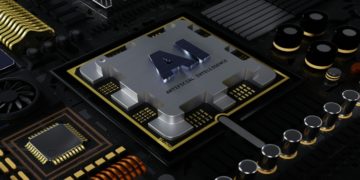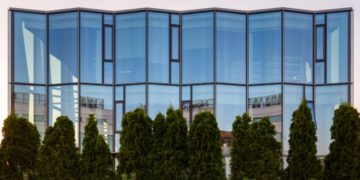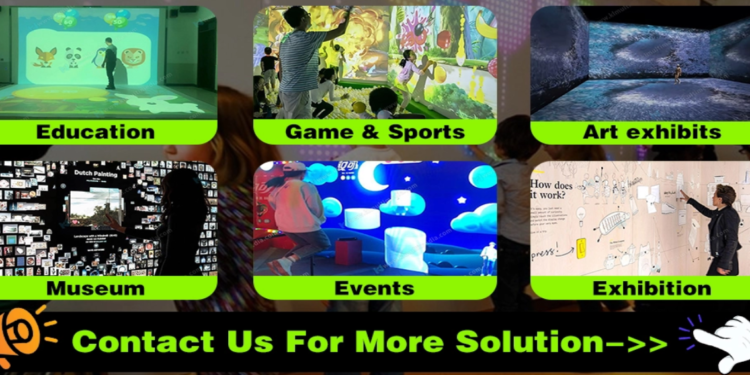Interactive technology has gone from being theoretical ideas to crucial instruments across entertainment, healthcare, retail, and education over the last ten years. Among these, the interactive wall and interactive Ground Projector stand out as game-changers. A smart Wall turns a basic vertical surface into a smart display responding to touch, motions, or movement, whereas a playable floor projector turns the earth into a quick, responsive canvas for body movements and footsteps. Together, they create interesting settings where customers are engaged participants instead of passive observers. Their rapid adoption in hospitals, corporate offices, event venues, retail malls, and classrooms all across results from this cooperation.
The way these technologies connect real-world interaction with digital interaction makes them really strong. Interactive Display Wall, for instance, can show visual lessons, diagrams, or group projects, while the interactive floor projector challenges kids to participate physically by exercises or games related to the same theme. In retail, the wall can highlight product specifications or brand stories; the floor creates fun effects that direct consumers toward particular products. These devices draw notice, enhance memory retention, and provide modern, unforgettable, and powerful experiences by combining visual storytelling with movement-based interaction.
Understanding Interactive Wall Technology
A big, vertical surface incorporating projection or LED screens with sensors sensing touch, actions, or even body movement is known as a projection Wall. Unlike conventional displays, it responds to users in real time rather than merely showing static images. This turns it into a great educational tool where instructors may bring lessons to life or in commerce, where companies may show dynamic catalogs and offers. Because it turns passive observers into active participants who are motivated to investigate and participate rather than simply watch, the gesture Wall is especially efficient.
There is much more than just higher education and retail where the interactivity of surfaces is being introduced. Now, they have started incorporating them into corporate offices, museums, and even spaces for public consumption. For example, businesses use walls that allow employees to annotate directly on the interactive surface during seminar collaboration. Museums use them for immersive exhibitions designed to react to visitor movement. This is because it is more convenient and has proven to be more memorable with visuals and interactivity.
Benefits of the Interactive Wall
- Enhanced Collaboration: Being an online-based workspace, it enables multiple users to write or draw or even to work together face-to-face in a more flexible manner.
- Immersive Learning: Turns lessons into interactive experiences that improve student focus and retention.
Benefits of the Interactive Floor Projector
- Engaging Experiences: Captures attention instantly by transforming ordinary floors into playful, responsive surfaces.
- Movement-Based Learning & Therapy: Encourages physical activity, making it valuable for both children’s education and rehabilitation.
The Power of Interactive Floor Projection
Although vertical interaction is dominated by the wall, the responsive floor projection system adds a fresh dimension of engagement to horizontal areas. Installed above, sensors and projectors track foot motion, thereby turning the floor itself into an active surface. Children stomping on animated objects to elicit responses, customers walking across brand-themed games, or patients in therapy using guided floor exercises are all examples of how this technology makes regular floors come alive.
The interactive floor projector stands out for its capacity to combine usefulness with play. Unlike displays that need touch or gesture-based interaction, the floor reacts naturally to footsteps and motion, hence welcoming people of all ages. Whether for education, marketing, or entertainment, this physical participation fosters closer emotional relationships. Used with an interactive wall, it guarantees that consumers are immersed from all sides, surrounded by images and events that are seamlessly linked.

FAQ
Q1: What is the difference between an interactive wall and an interactive floor projector?
Virtual Wall Display is a vertical display that responds to touch or gestures, while a Digital Floor Projector is a horizontal projection system that reacts to footsteps and body movement. Both serve different purposes but work best when combined to create immersive spaces.
Q2: Where are Motion-Sensing Wall and floor projectors most commonly used?
Education in schools, marketing in shopping malls and retail establishments, rehabilitation in hospitals and therapy centers, and in Entertainment and interaction events or exhibitions.
Q3: Are interactive floor projectors suitable for small spaces?
Yes, they can be placed in retail stores, play spaces, or small classrooms. Compact projectors and ceiling-mounted systems let them work even in tiny quarters.
Q4: Do these systems require high maintenance?
Normally easy, maintenance mostly consists of updating content, recalibrating projectors, and cleaning sensors. Modern LED projectors also bring down long-term expenses.
Q5: Can both technologies be used together?
Absolutely. Combining an interactive wall and floor projector creates a 360-degree interactive environment that improves brand experiences, enjoyment, and learning..
Final Words
Smart Interactive Surface and interactive floor projection systems’ emergence represents a pivotal moment in our experience of our surroundings. These technologies offer strong venues for engagement, marketing, therapy, and education, not just means of amusement. Every person brings special worth, but together they generate a perfect interaction that converts dull areas into intriguing, vivid settings. From malls to hospitals, from schools to event venues, the impact is both practical and unforgettable. Including walls and flooring into interactive environments will thus only get more robust as technology develops and so shapes future communication, education, and consumer experience.e strong.












































































